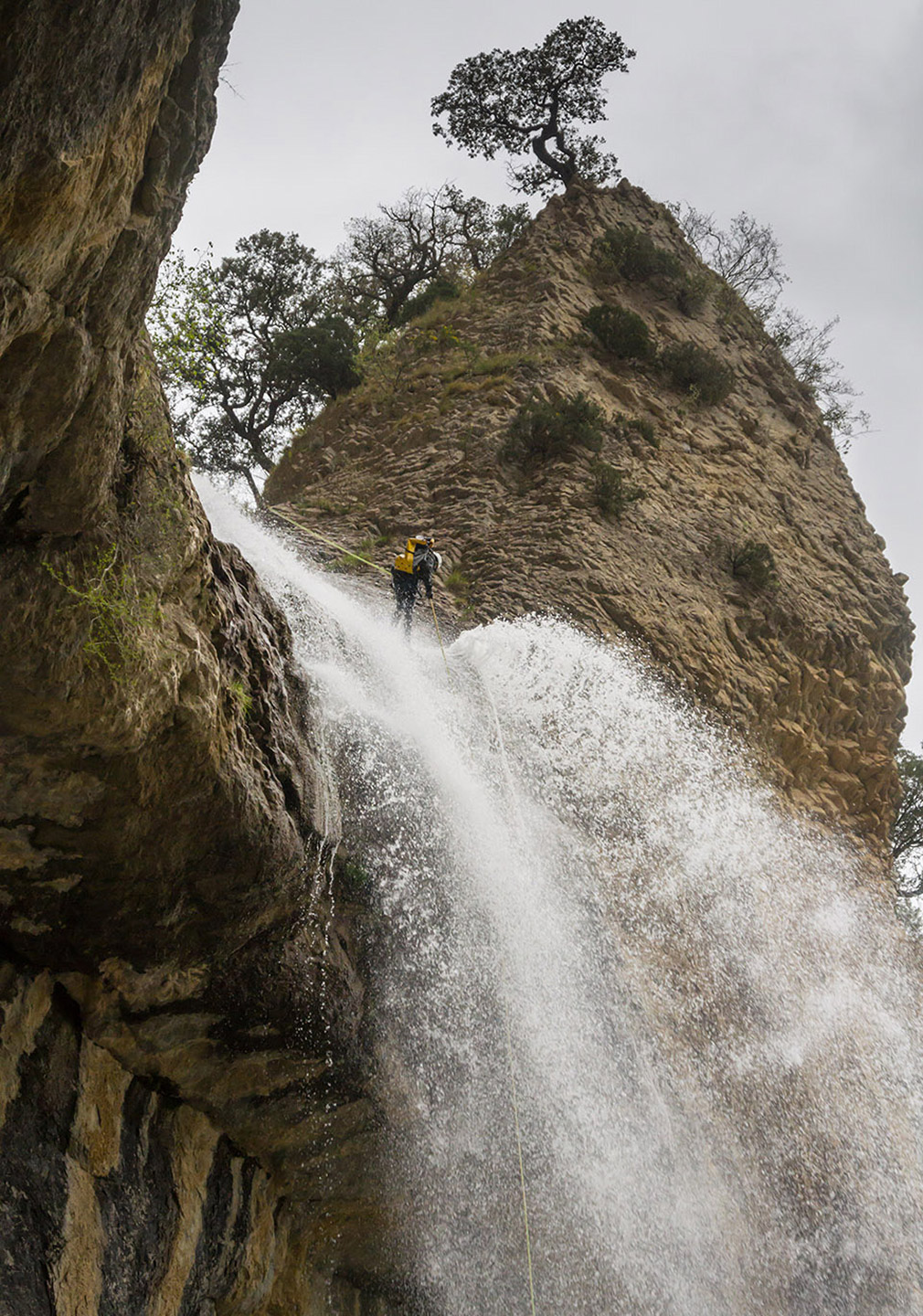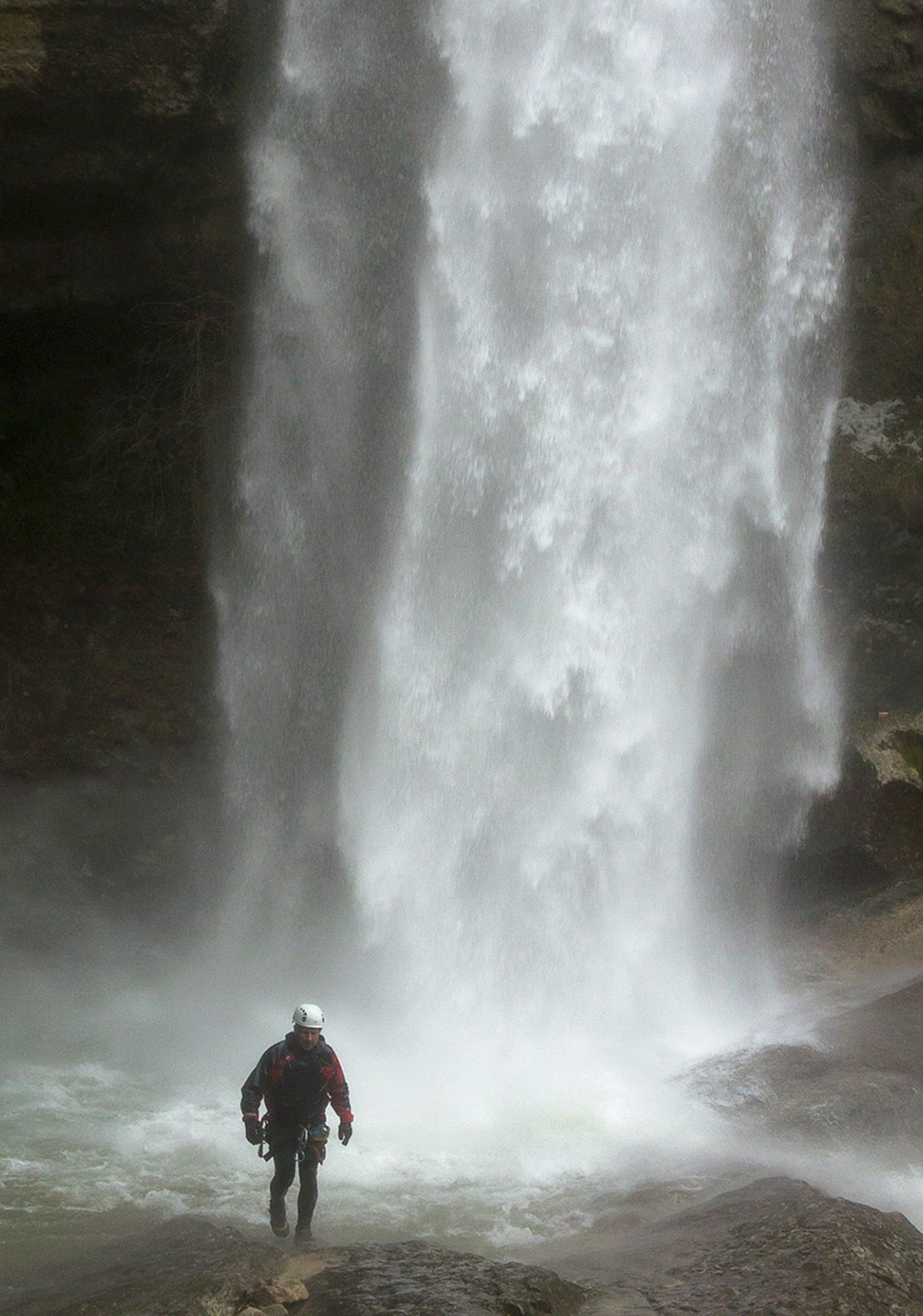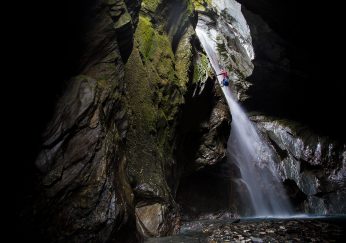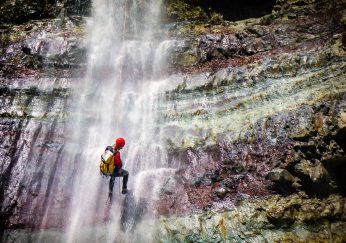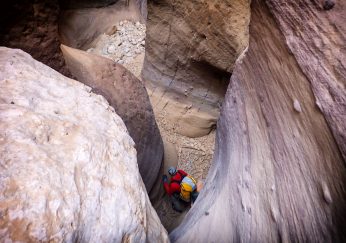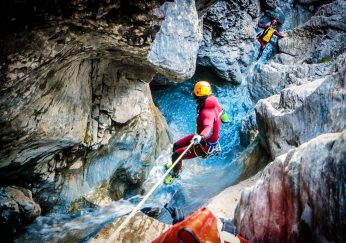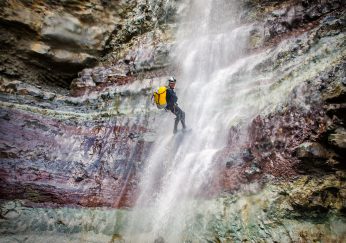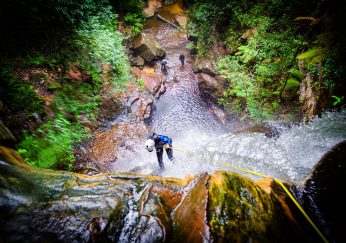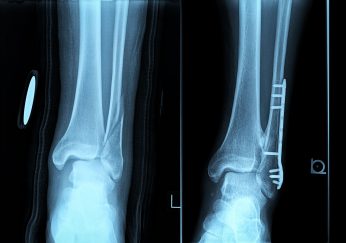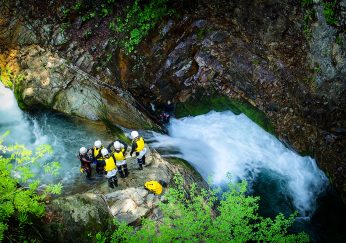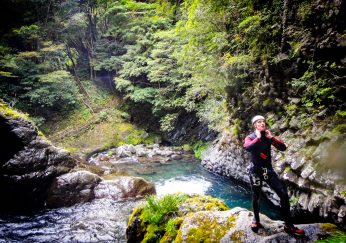I would like to introduce you to two canyons that are close to my home. I live in a village which is outside of the known canyoning area, by coincidence however, have these two jewels nearby. They are two canyons which are well known in Spain and the South France, and I have special affection for them both.
The canyon Artazulo would be the bigger brother of the two and it is very well valued amounts visitors, it even appeared some years ago in a book that spoke about the most beautiful canyons in Europe. At that time, it was on the 20th place in the ranking of European canyons, but now, with new canyon openings, it is no longer so well positioned.
These two canyons are located in the Ollo Valley, which is about 25km from Pamplona, the capital of the autonomous community of Navarra (region) in the north of Spain.
In the North of Navarra and making a natural border with France is where the mountain range of the Pyrenees begins. Along the two slopes, in the north the French and in the south the Spanish, there are lots of ravines, many of them well known as The Gouffre of Enfer, Sauge, Olhabudie, Bitet, Consusa, Sorrosal, Eriste, but curiously, these two canyons of which I have mentioned are not located in Pyrenees. These two canyons are positioned in a small isolated valley located between two mountain ranges, the mountain chain of Andia and Urbasa.
The Ollo valley is a small circular valley formed mostly of limestone and has abundant and beautiful forests of beech and oak. If we descend the canyons in Autumn, it has a natural beauty all of it’s own . In Navarra, most canyons are carved out of limestone as are most in the north of Spain. Artazulo and Lizebar converge and finish a few hundred meters before the powerful upwelling of Arteta, a natural spring which drains an important karstic aquifer with an area of recharge of about 100 square kilometres . The upwelling occurs where the contact of the limestone and dolomite of the Paleocene-Eocene and the sandy marls of the Upper Cretaceous, impermeable rock that forms the base of the aquifer.
This subterranean complex certainly has a great influence on these descents, that is why they do not have water all the year. Autumn and Spring are the ideal times to visit Artazulo. Lizebar is flowing with water during the months of February and March, when it snows and there is heavy rainfall. However, when Lizebar is in optimal condition, his older brother Artazulo is impassable.
LIZEBAR
Lizebar we shall say that is Artazulo’s little brother, but, although it is a short descent, it is very well excavated with narrow sections and covered of moss.
t starts with small potholes that we can jump when there is water. Bit by bit, we can see the superposition of the stratum limestone rock and not in a compact and polished smoothed form. In a short time we arrive at the head of the jewel of this ravine: A 54M abseil with a very nice exit hanged up the space.
The base of this abseiling, seen from below, is very photogenic; it begins opened but ends in a circular waterfall surrounded by rock. It is essential, which i will repeat once more, lower it with water, because the impression has nothing to do if you lower it dry. We are always very attentive because we have to move by car and, when we go, is because we know that it has water, otherwise, we do not go. Keep in mind that it finds hard have flow and it loses it very quickly; it is very capricious.
I have several photos of the long abseiling made from downhill. Here it is very possible to get some more interesting shots, some of them, for example, with beautiful light.
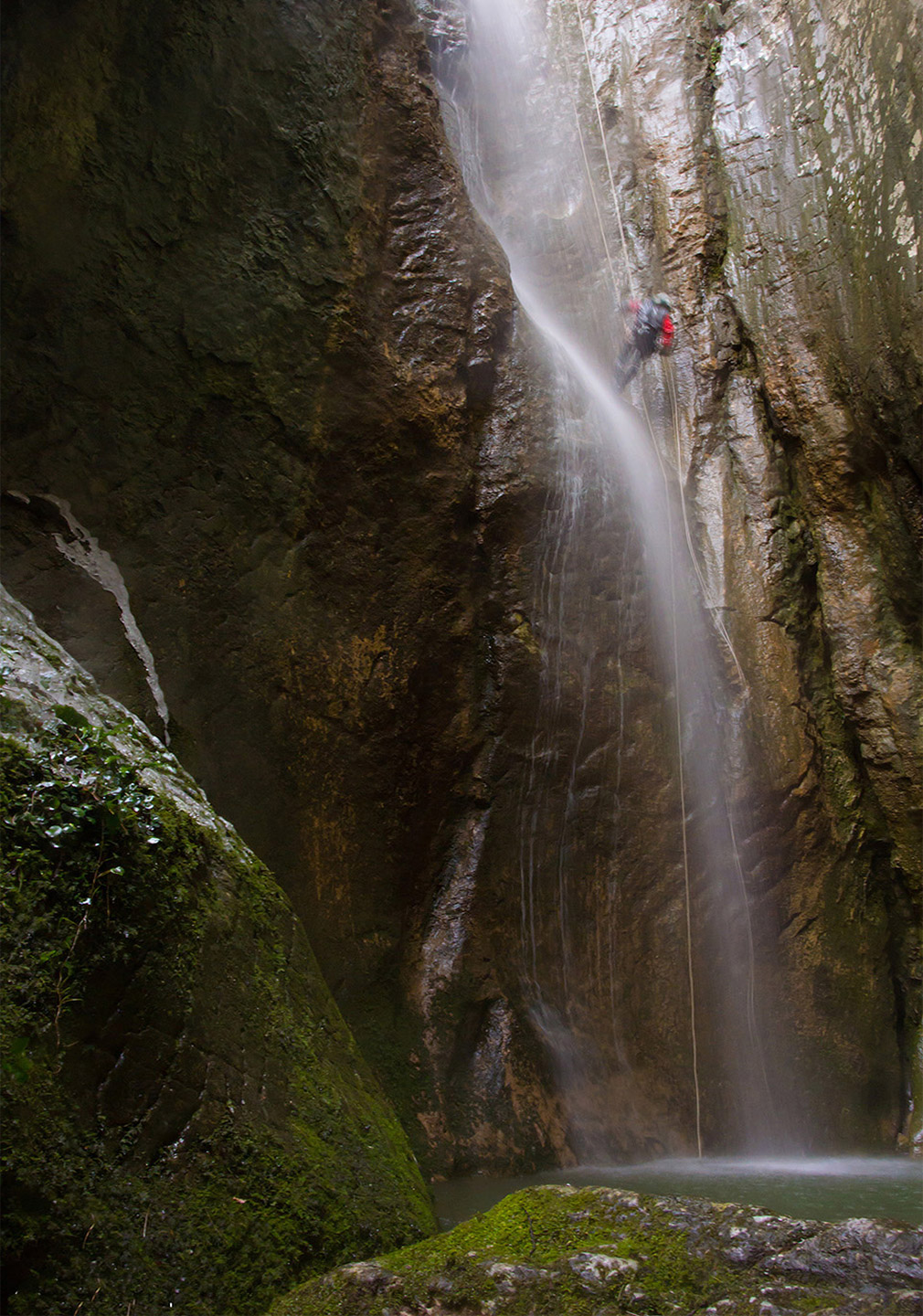
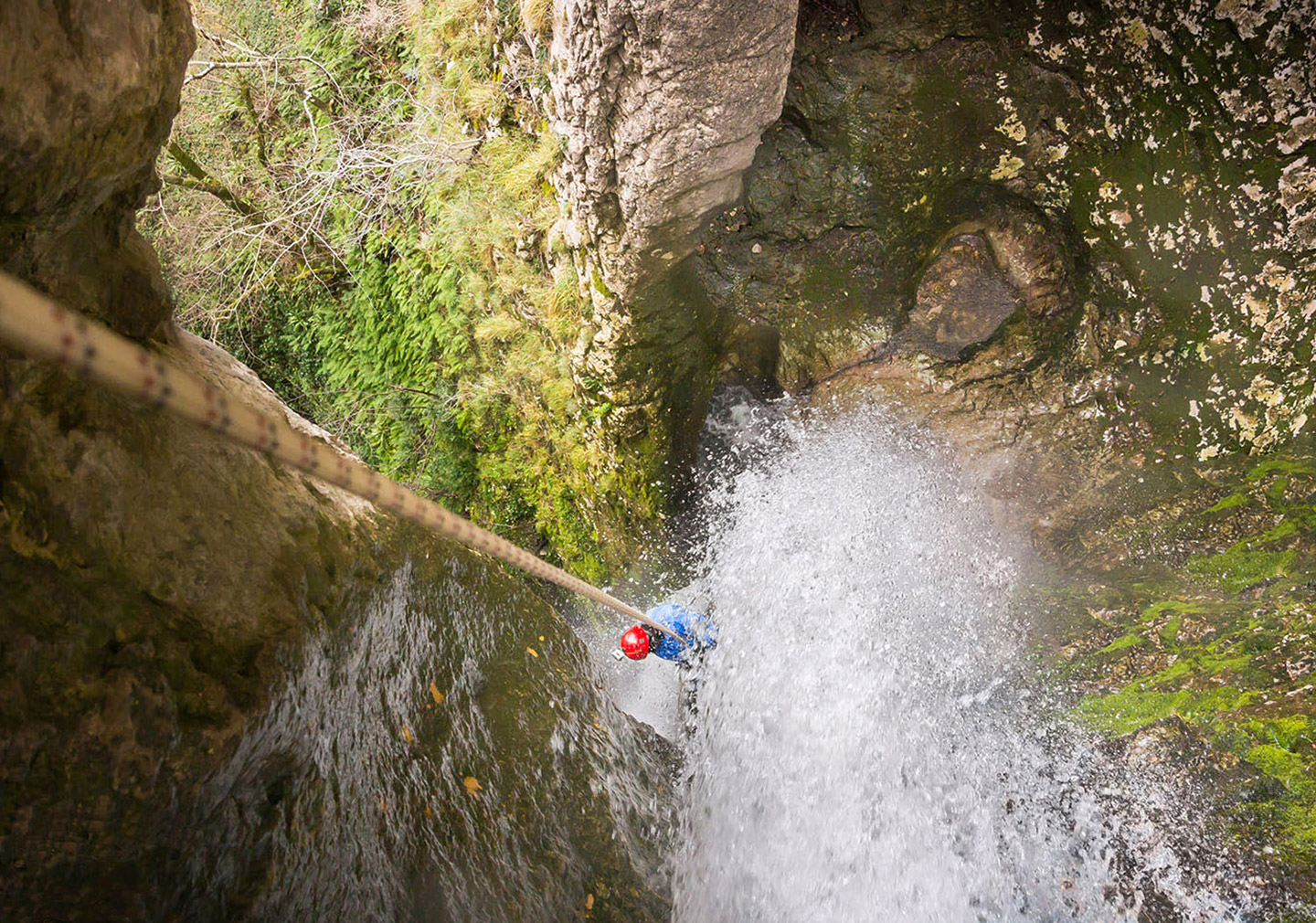
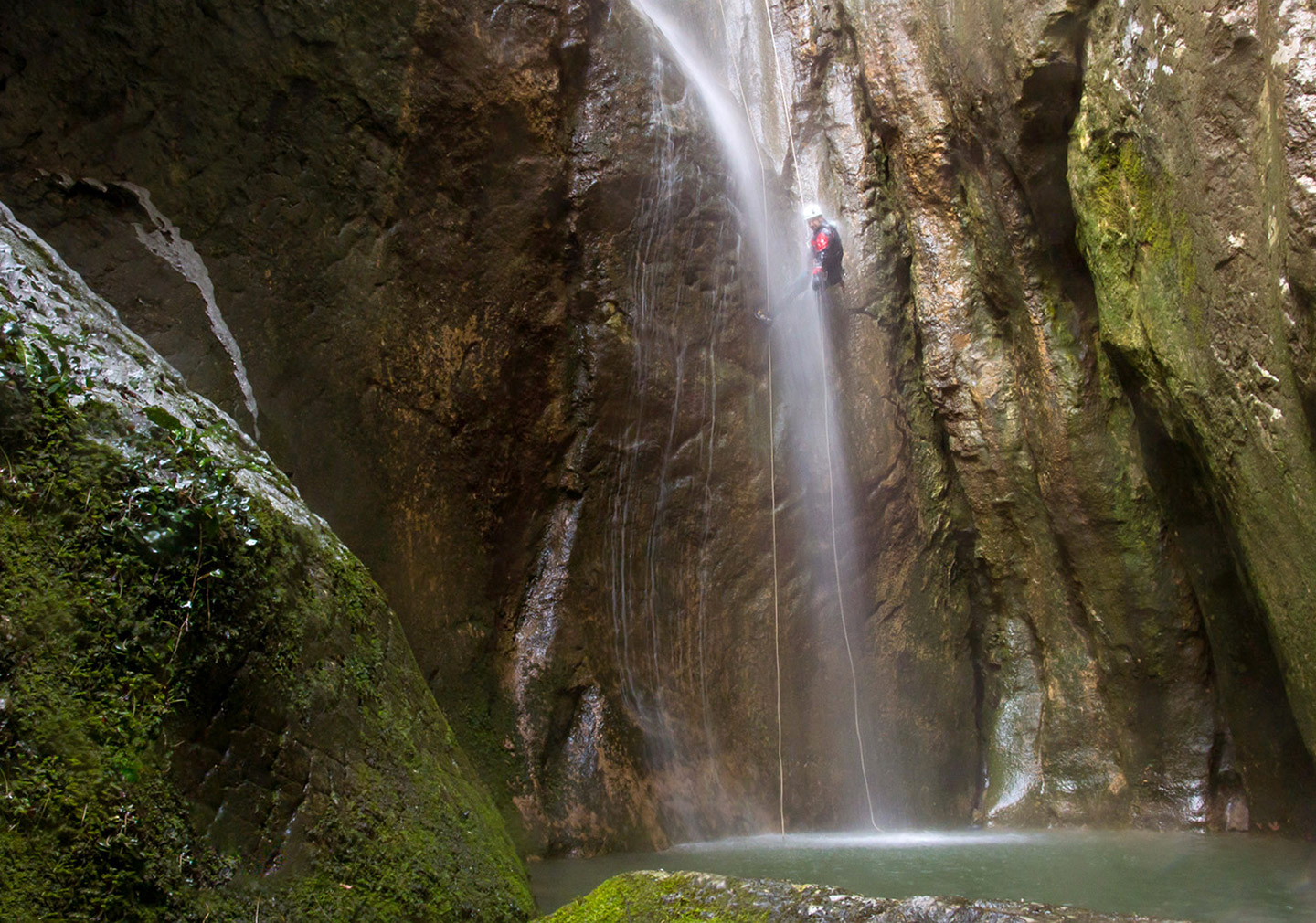
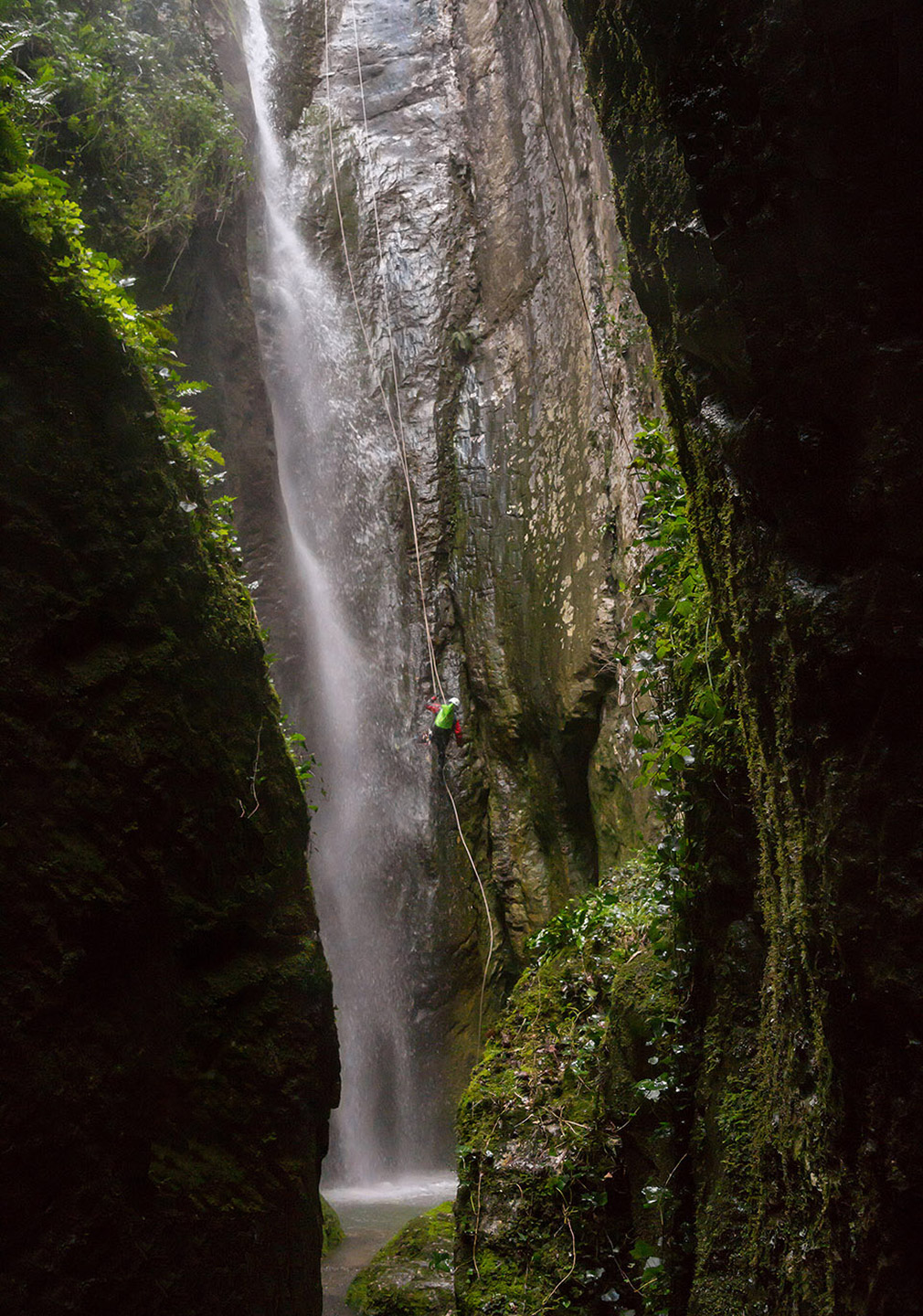
We continue with a very beautiful narrow passage / gallery with stratified areas of limestone and coverings of moss and some small abseiling. It’s pity that the flow doesn’t give more fun here, as with the bigger waterfall which is sensational.
Gradually, after some more abseiling, it opens and we are let out from the piped area to arrive at the junction with the Artazulo canyon. Be very attentive to the heavy rains during the months of February and March. There are years in which, because of the rainy winters, this period is extended and, besides lowering Lizebar with water, we have an extra plus when you arrive to the confluence with Artazulo, you can see the last waterfall with a powerful flow, a protruding visual spectacle.
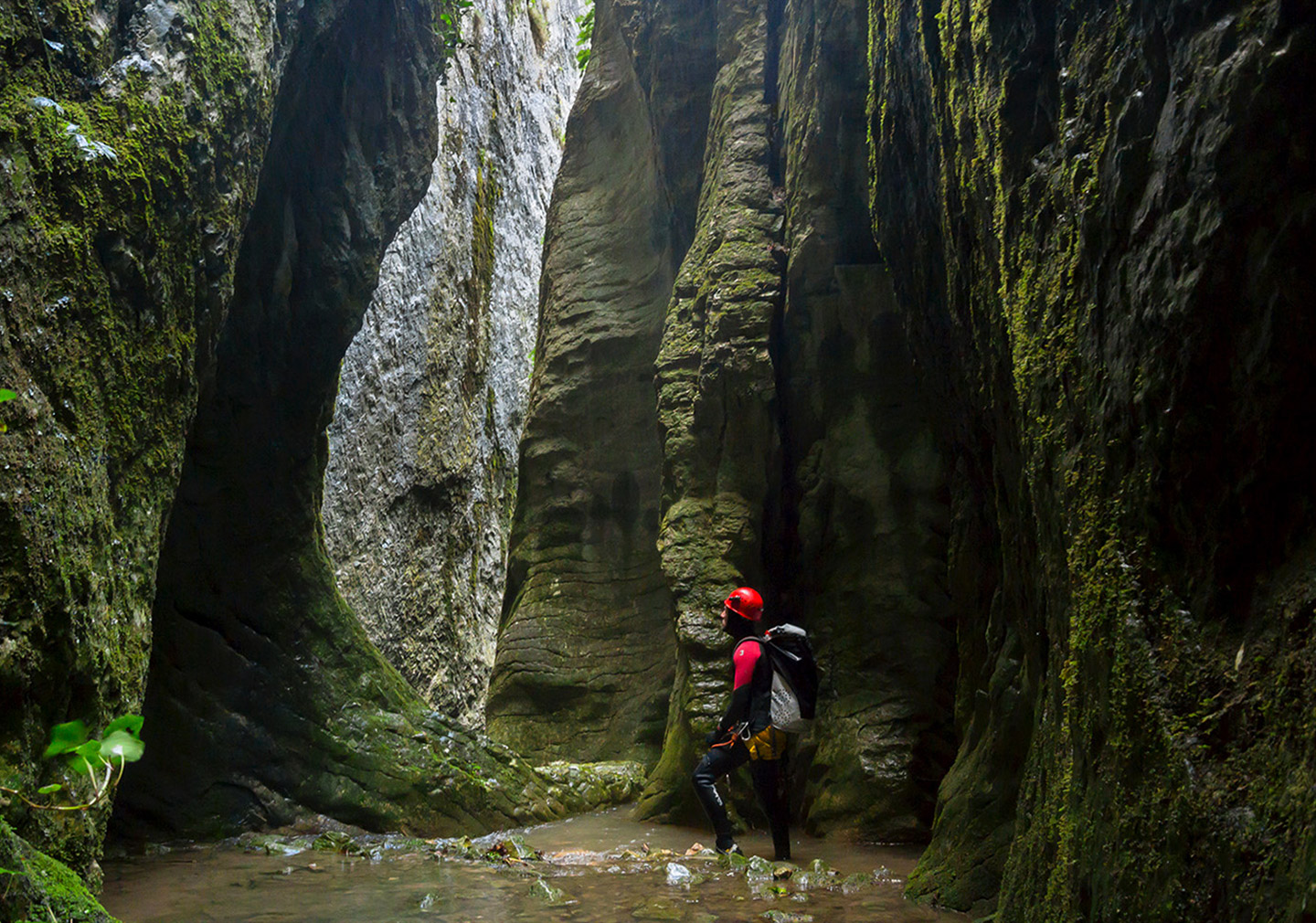
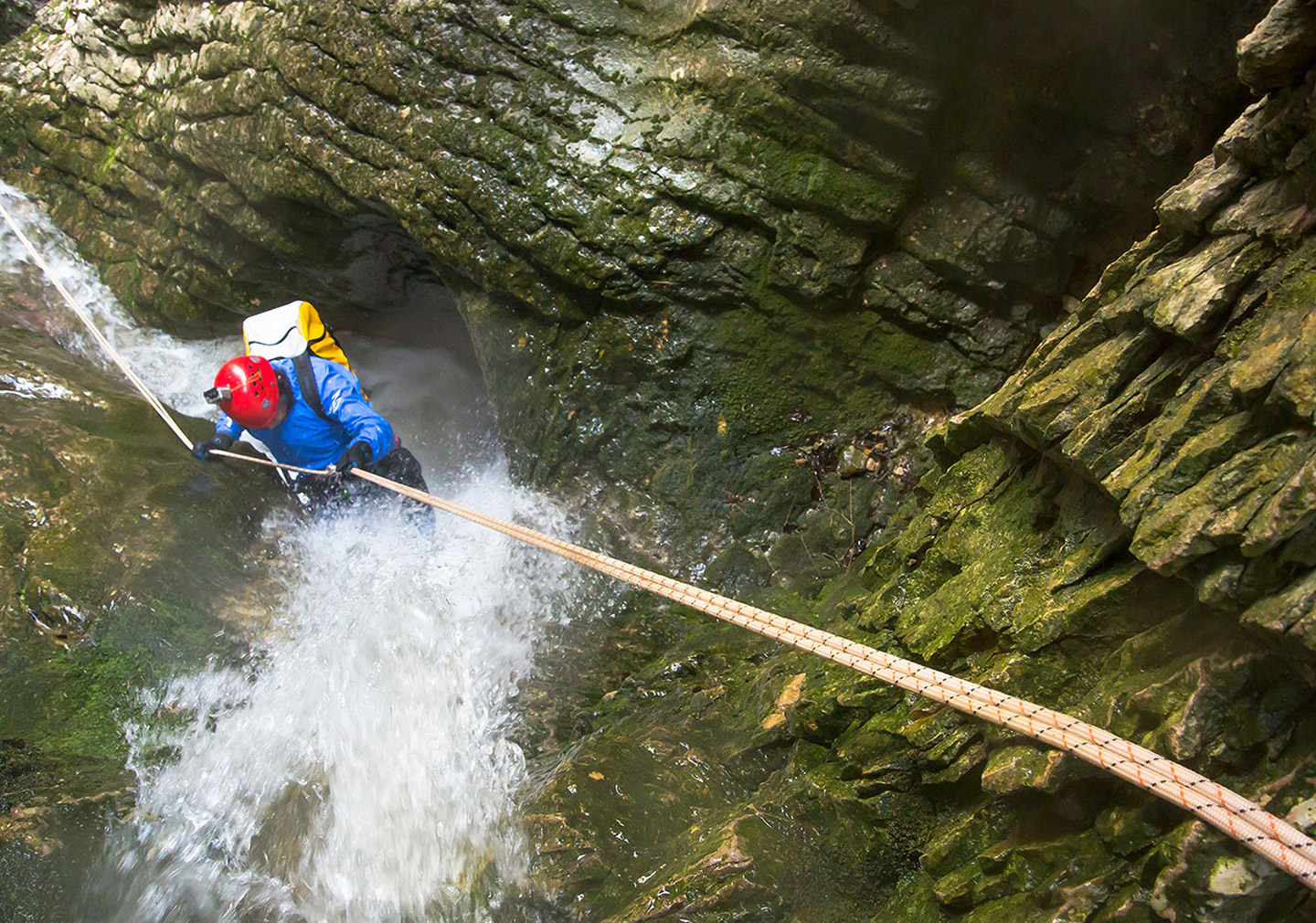
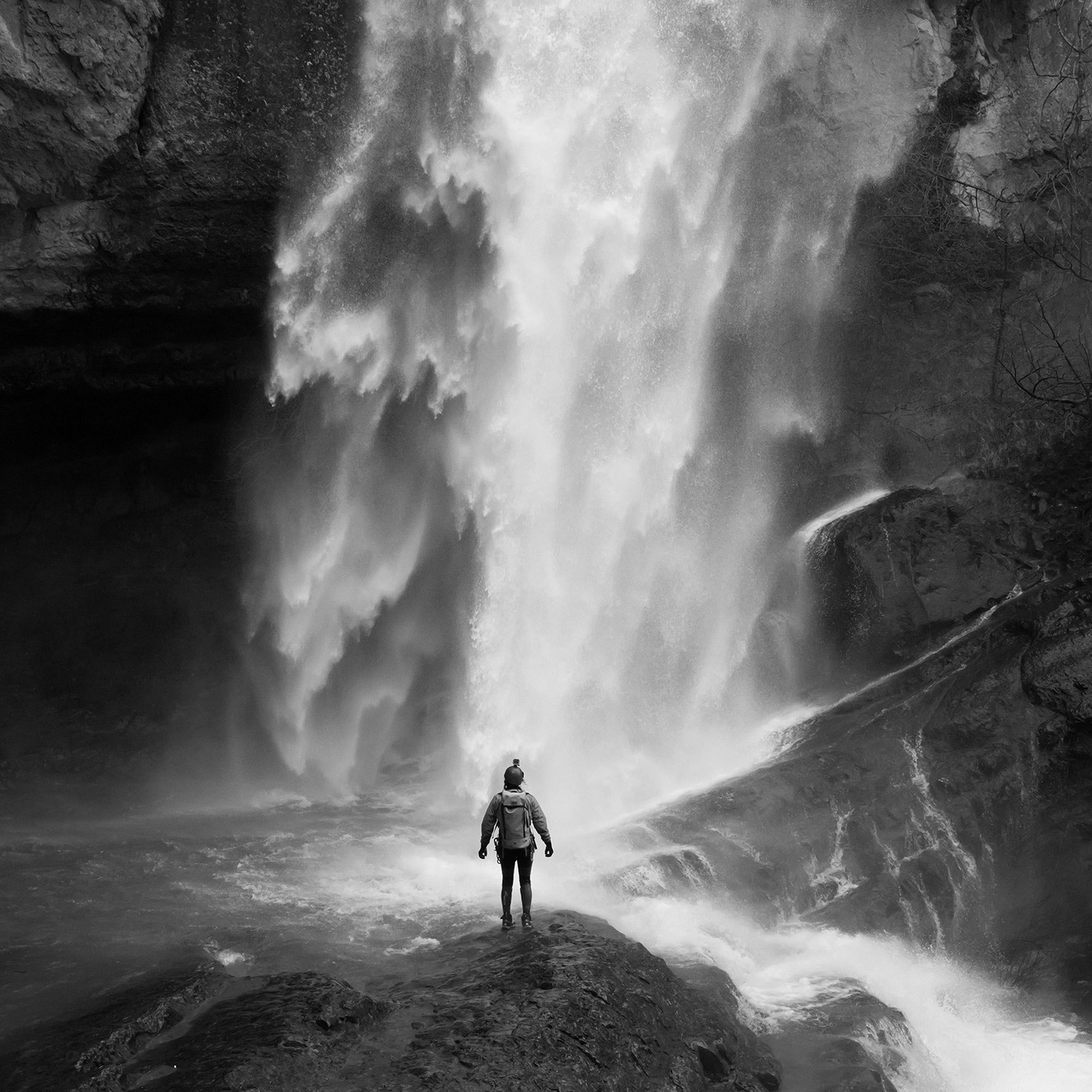
ARTAZULO
All the features of ARTAZULO are excellent, funny, aquatic in its good time and with two rappels that are amazing. It is a canyon as Lizebar: short to do, so do it nice and slow. It has an entrance with a 35m waterfall flowing with a overhang, this is a surprising way to enter the canyon that, you cannot get a better start to your adventure.
After a short walk, we come to the most fattened canyon area. This part is very eroded and is pure entertainment with jumps and slides as well as being very beautiful. Part of the walls are of polished rock well moulded, and in other areas stratified as in Lizebar. The green colour of the moss adorns the walls as well.
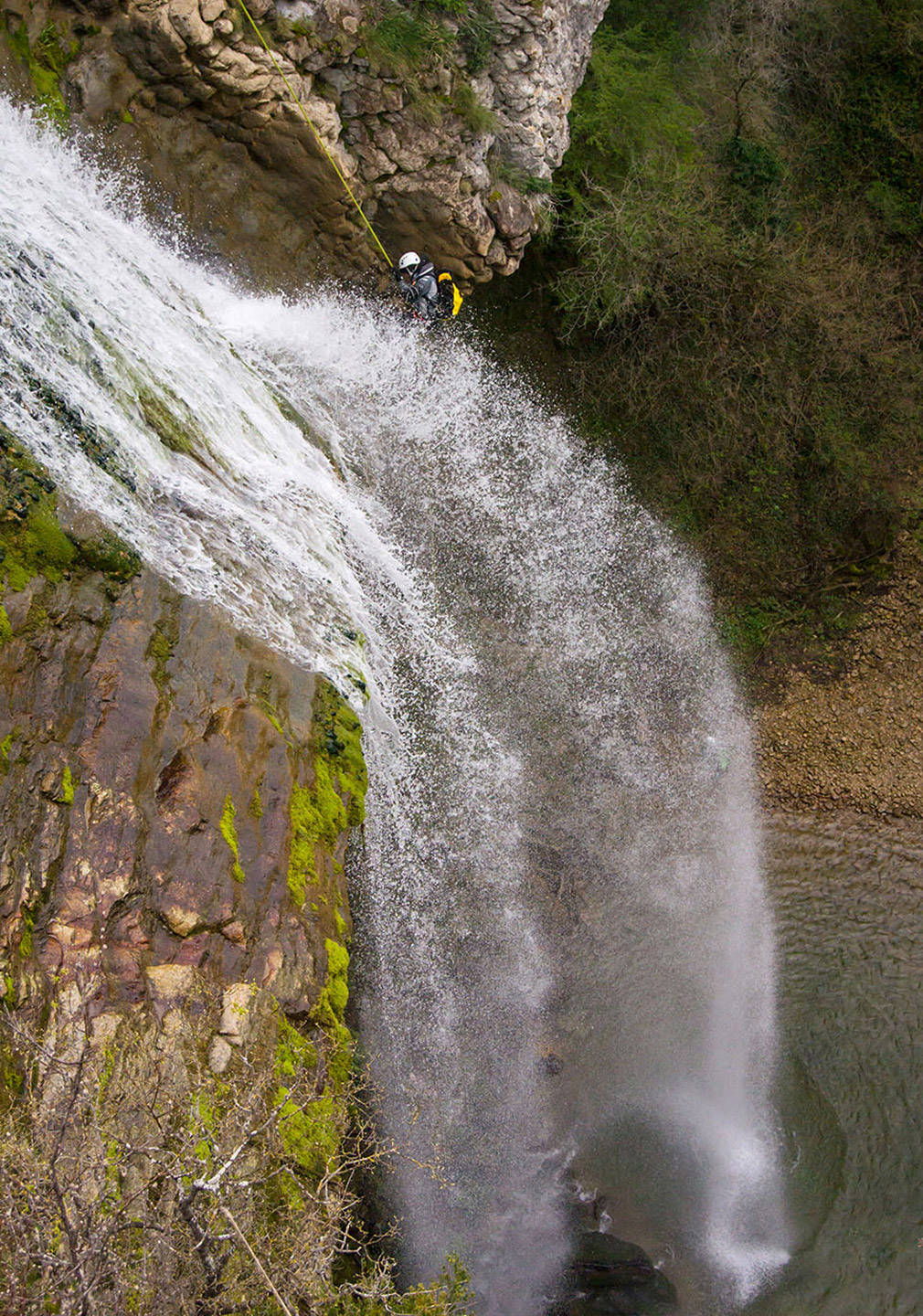
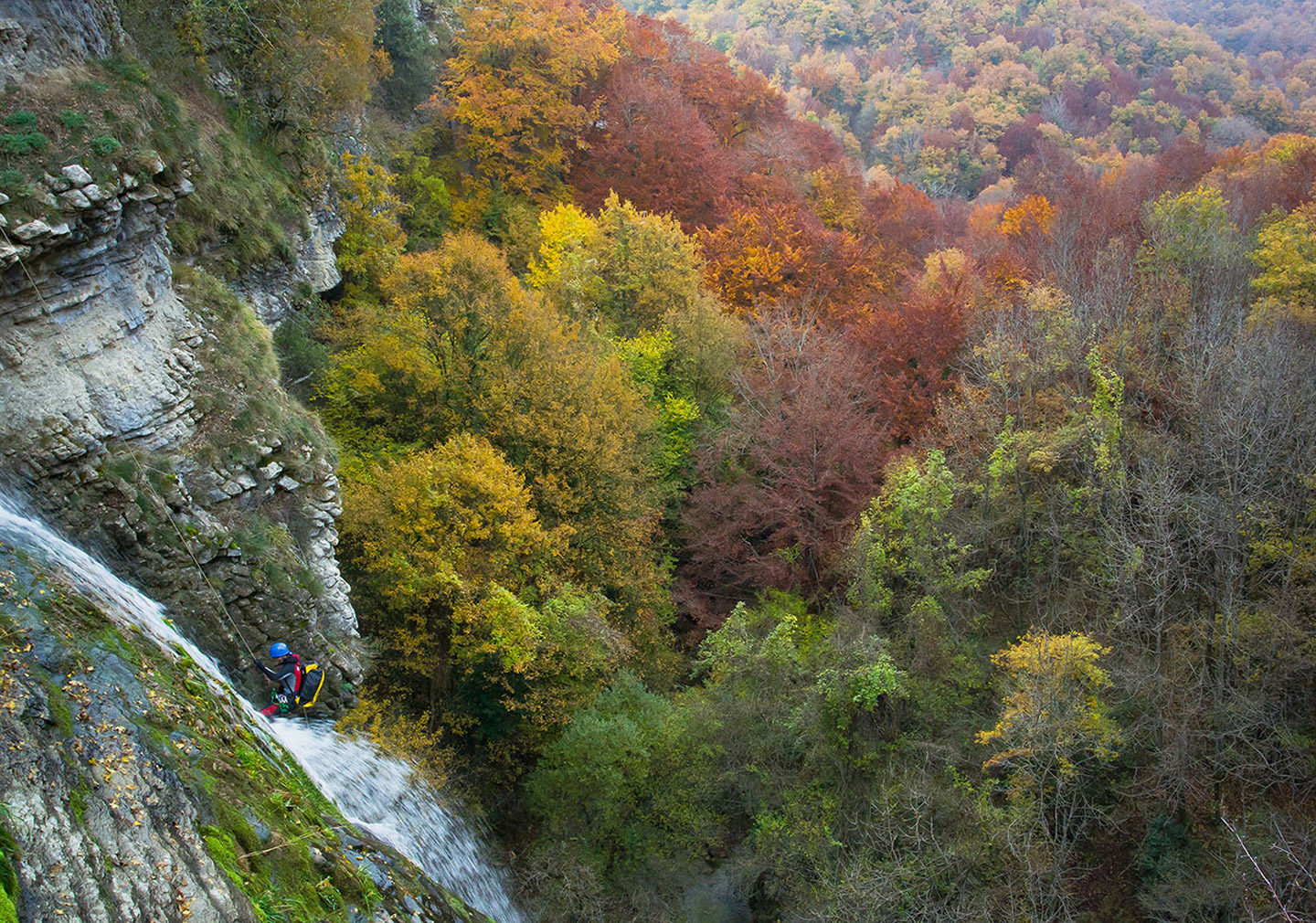
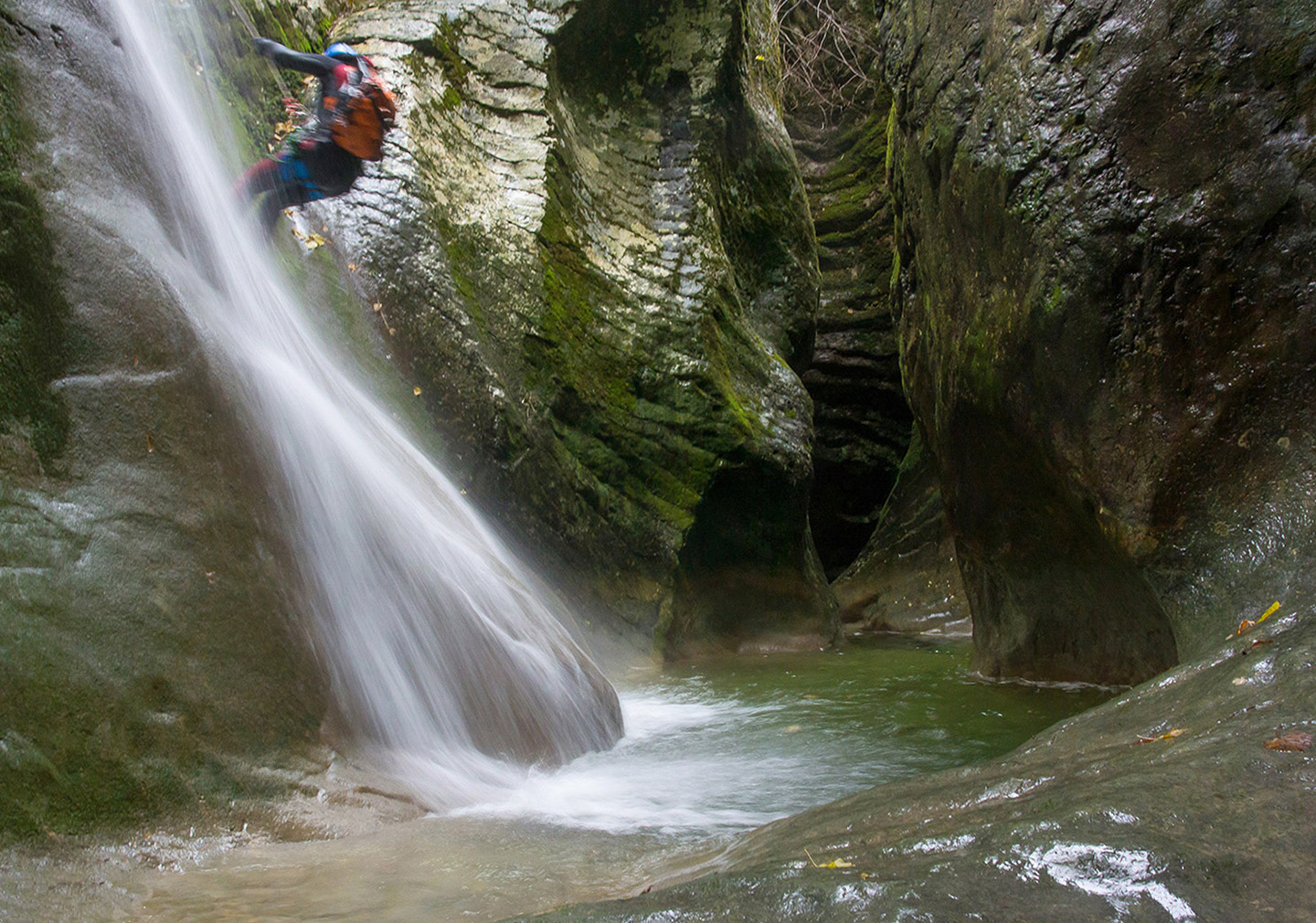
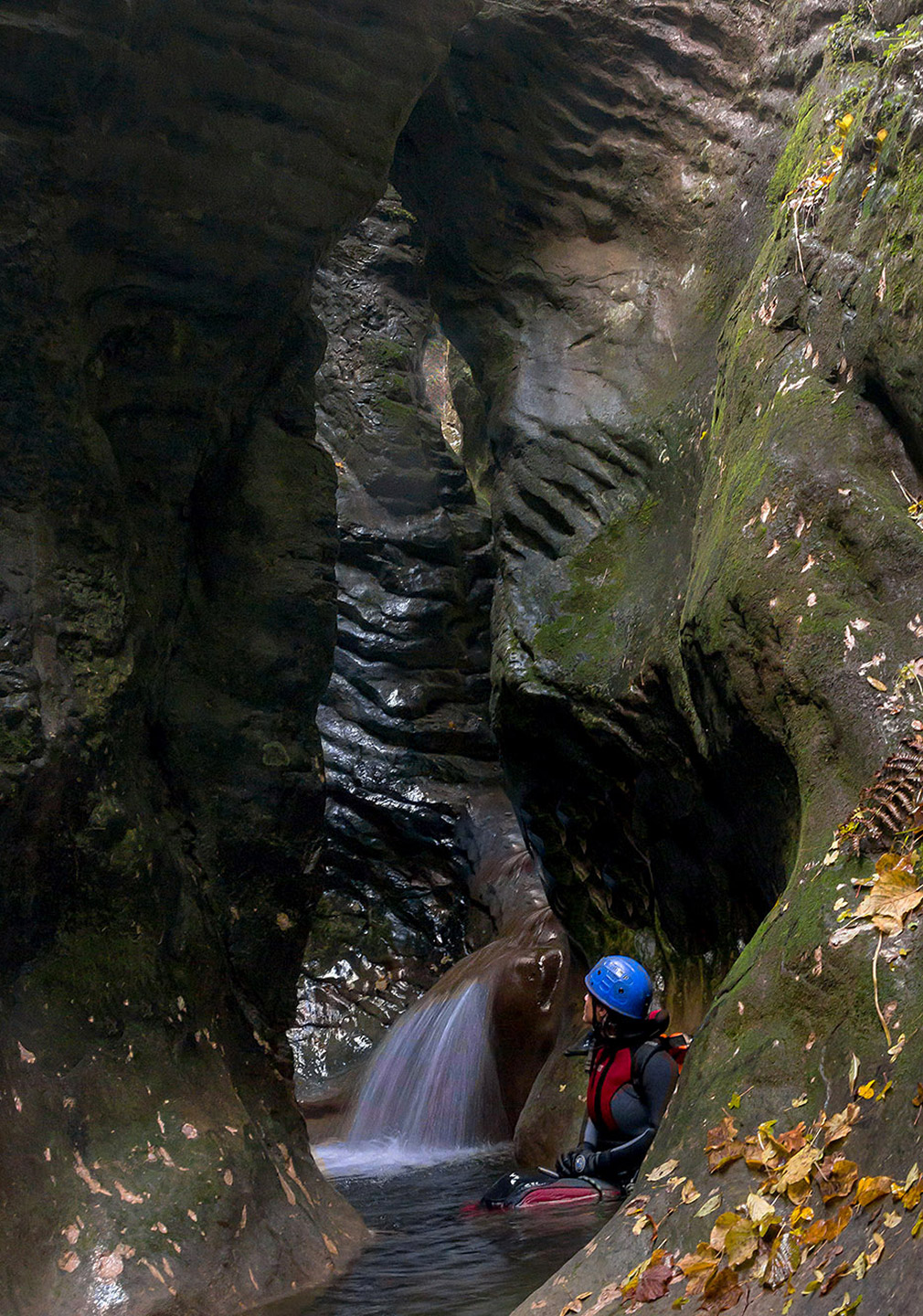
As the well formed area is running out and where the green moss accompanies us, the canyon is gradually opening and gives the feeling that it is going to end. The descent is running out, but perhaps we get to the most spectacular area, the last 45m rappel and the rock cirque that accompanies it. On our arrival to the vertical, the rock shows its most pronounced stratification, a special place. For me to arrive from a such narrow zone with rappels and short jumps, and find in a place with such breadth and with this pretty rappel, makes that the feeling of verticality multiply. Arriving at the head of the rappel is the most rewarding feeling for this descent.
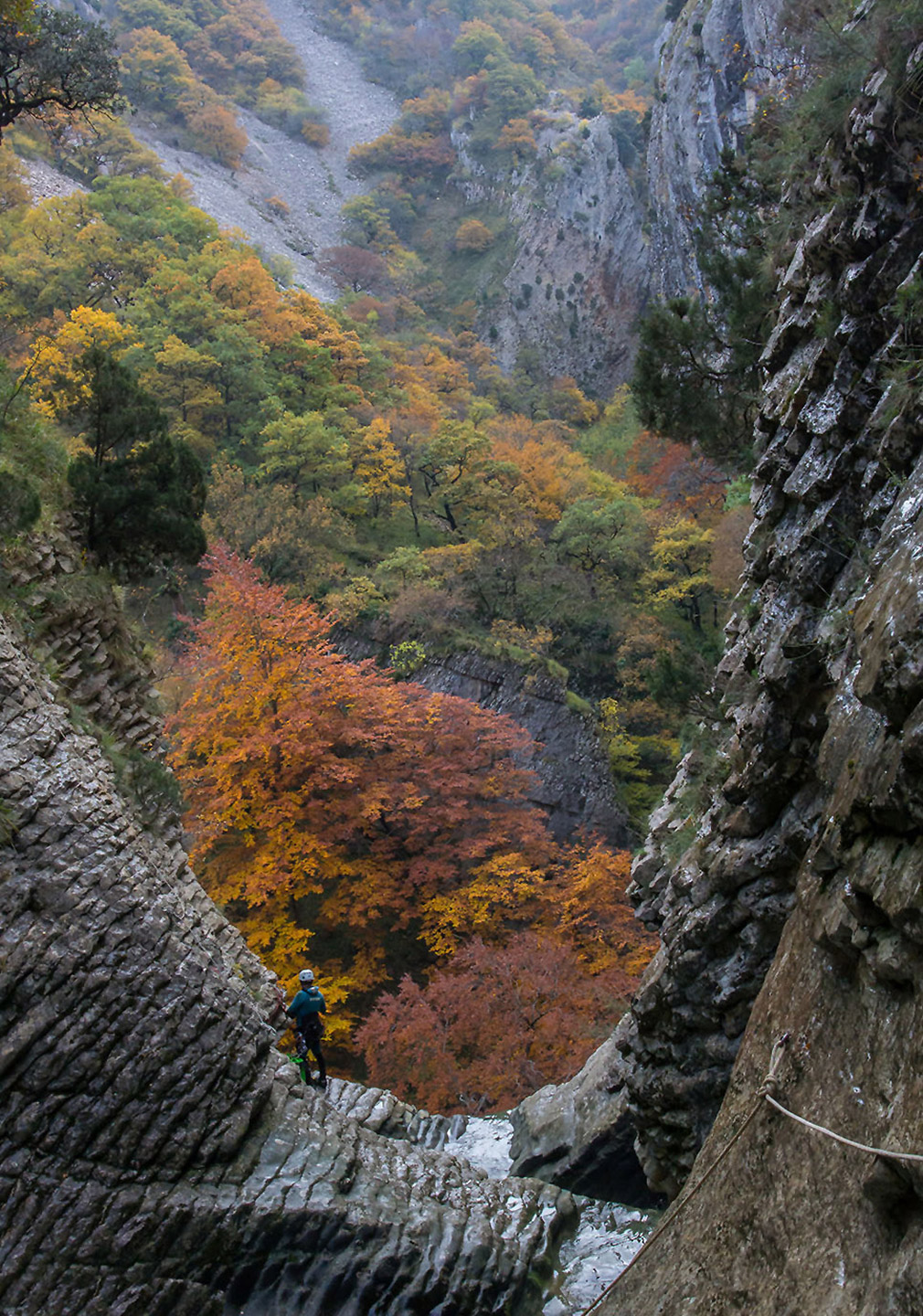
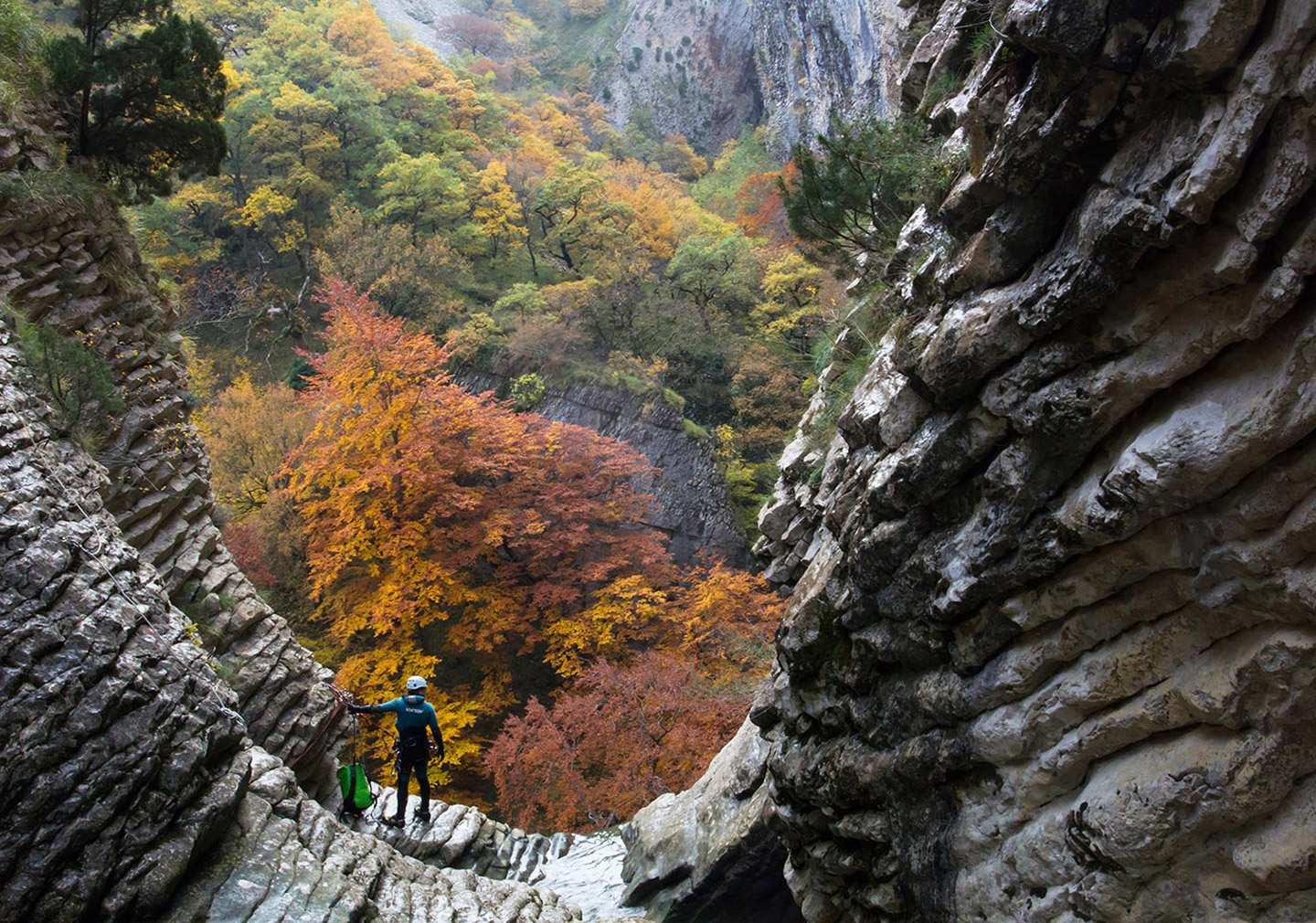
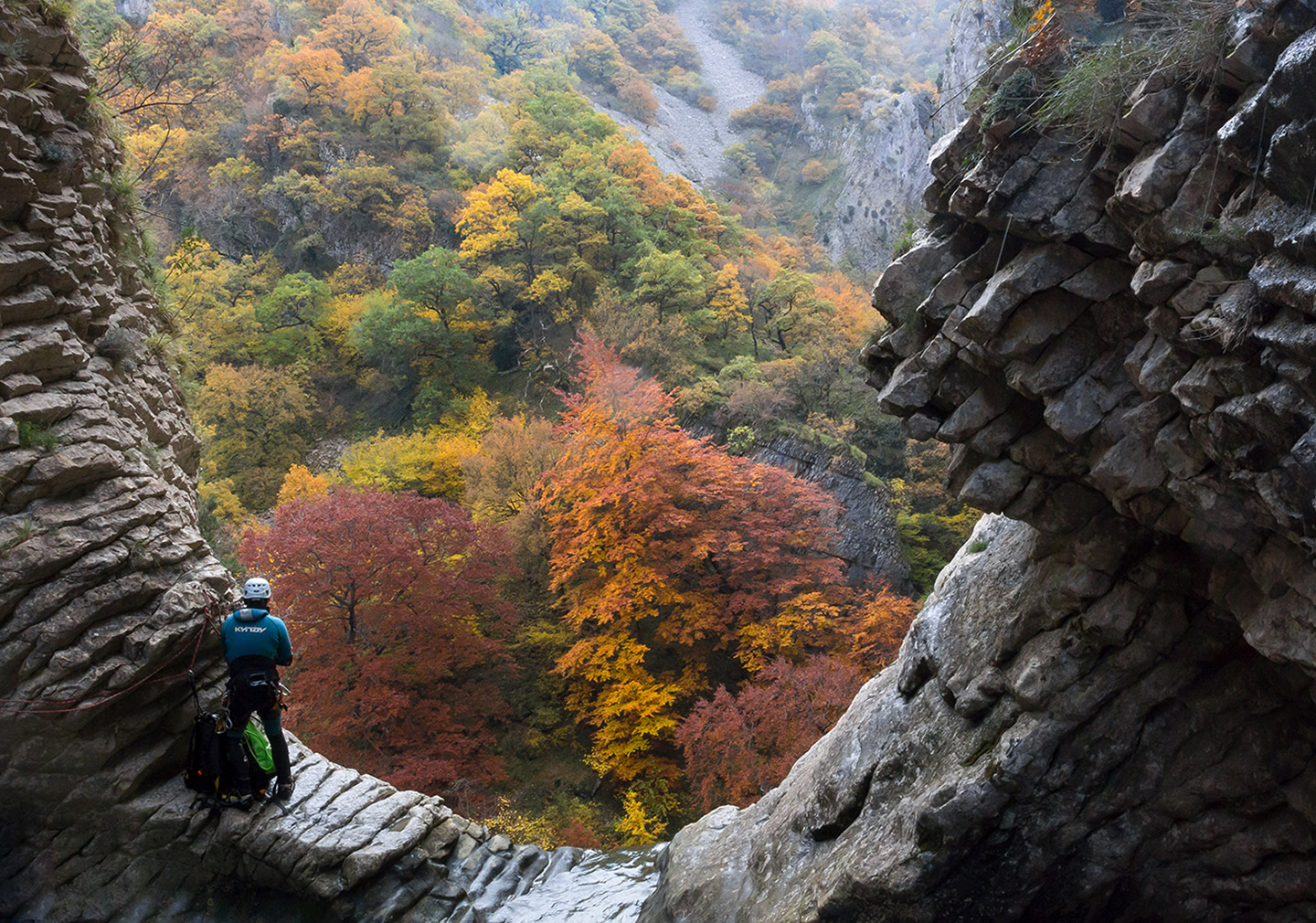
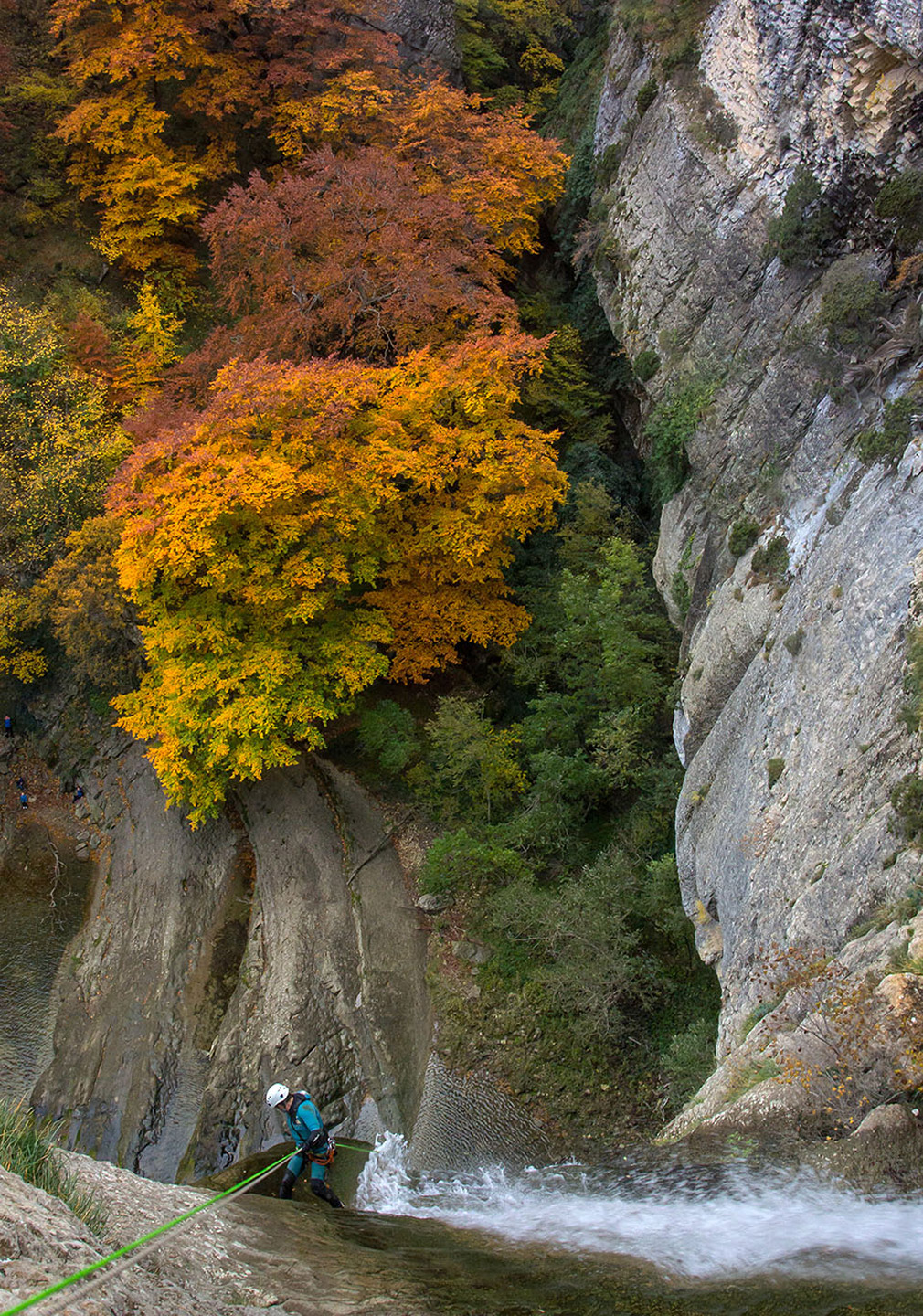
Once the rappel is coming down, there are always moments to enjoying the surroundings. Here the rock has a reddish colour because the limestone and the dolomite mix together in the rock which makes up the wall of the last waterfall. This place deserves a moment of aesthetic enjoyment after the sporting enjoyment. Pick up the rope, look up one more time to then give back to this amazing waterfall, it will make you go home with more joy.
